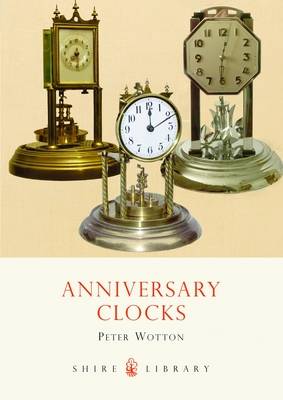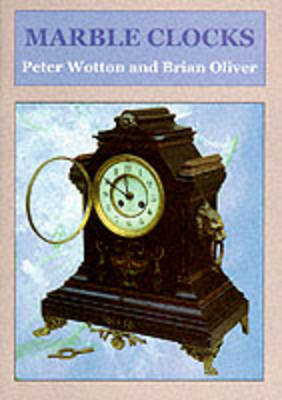Shire Album S.
2 primary works
Book 331
The mechanical anniversary clock, also known as the 400-day clock or torsion pendulum clock, is one of the most popular clocks ever invented. Anniversary clocks are recognizable by the decorative balls beneath the dial that rotate one way and then the other. To house the attractive mechanism, every style of clock case has been used although perhaps the most endearing is the glass dome. The dials, hands and ornamentation have also varied steadily over the last century. Called the anniversary clock because it needed winding only once a year, it has carried on into the days of no winding at all.
Book 347
Call to mind the Victorian house and one instinctively sees the welcoming fire framed by its imposing mantelpiece. The mantelpiece would be enhanced by a range of eye-catching ornaments, with a proudly displayed mantel clock as the centrepiece. From the mid-19th century to the end of the Victorian era, the most popular mantel clock was the mass-produced French ''marble clock''. Even though these clocks came in a vast range of case styles, they were instantly recognisable. The stone-like case, usually black, was typically relieved with ornaments, bands and columns of coloured stone or metal, while the style of the case drew its artistic inspiration from contemporary architecture. So popular did the marble clock become that it was usual to find a number of them scattered throughout the rooms of the house. In the early twentieth century, the black marble cases gave way to Art Deco and Art Nouveau styles. Cases showed a new simplicity of line and used strongly marked and coloured marbles. For the collector, marble clocks offer a useful, active antique, of wide-ranging style and at an attractive price.

